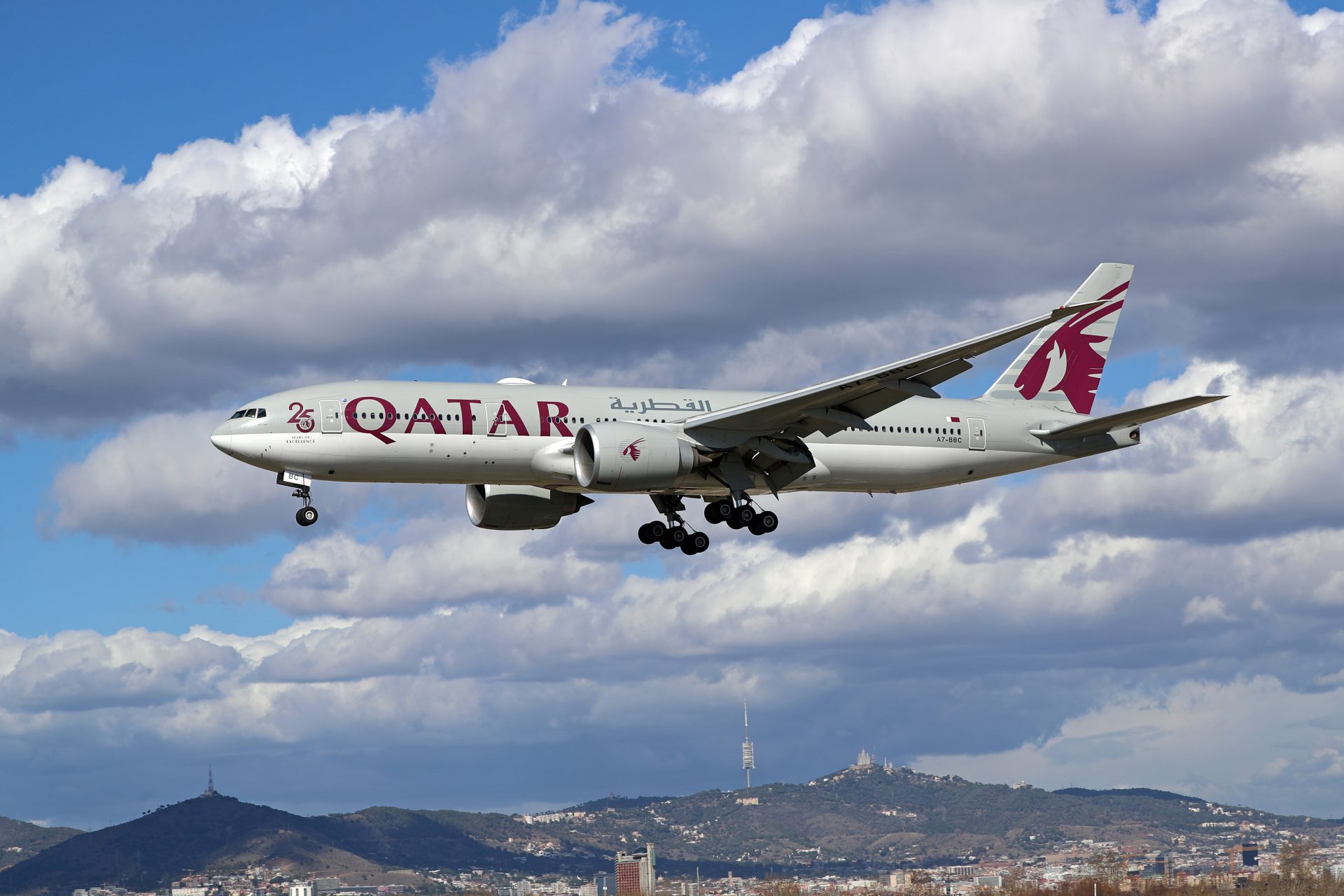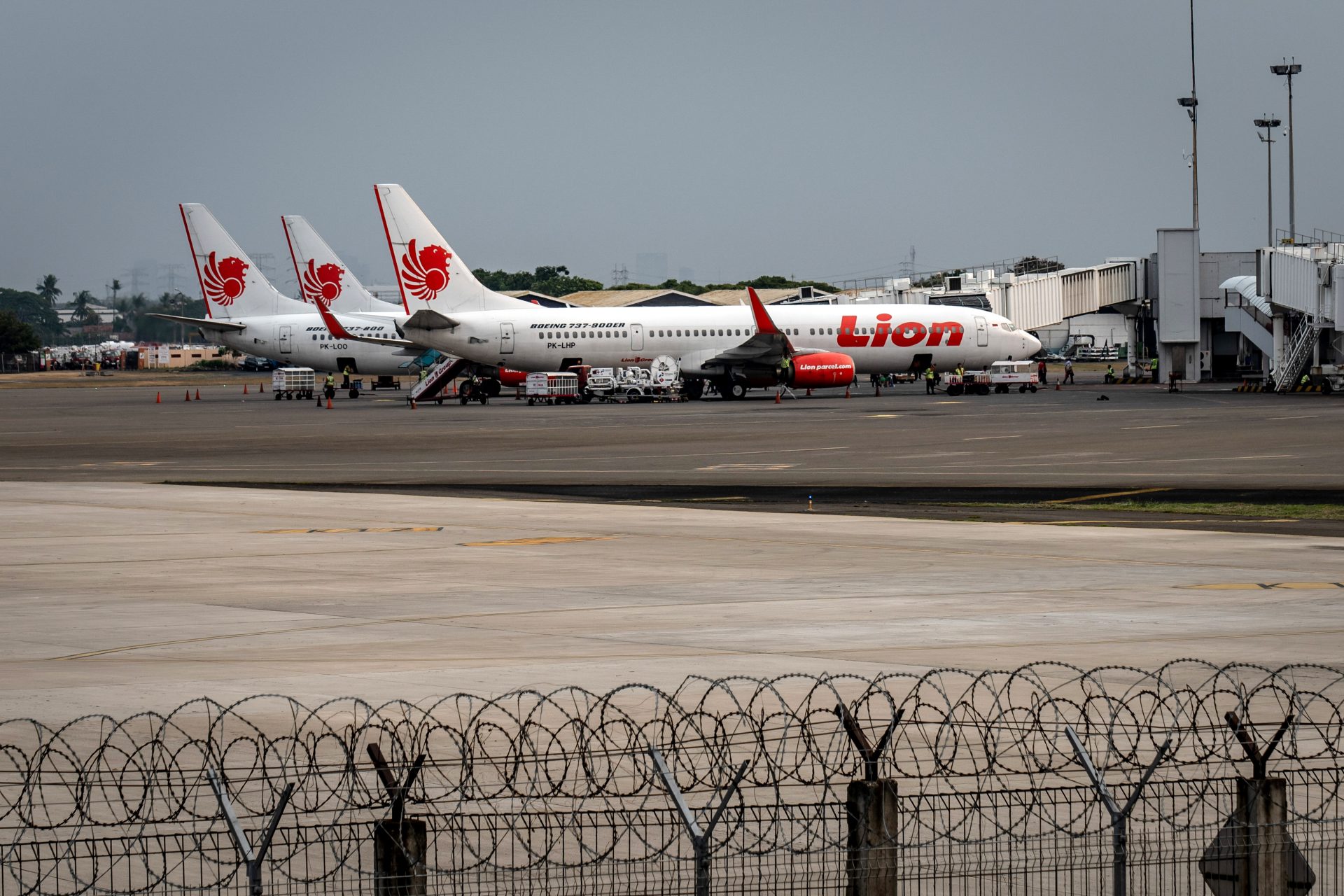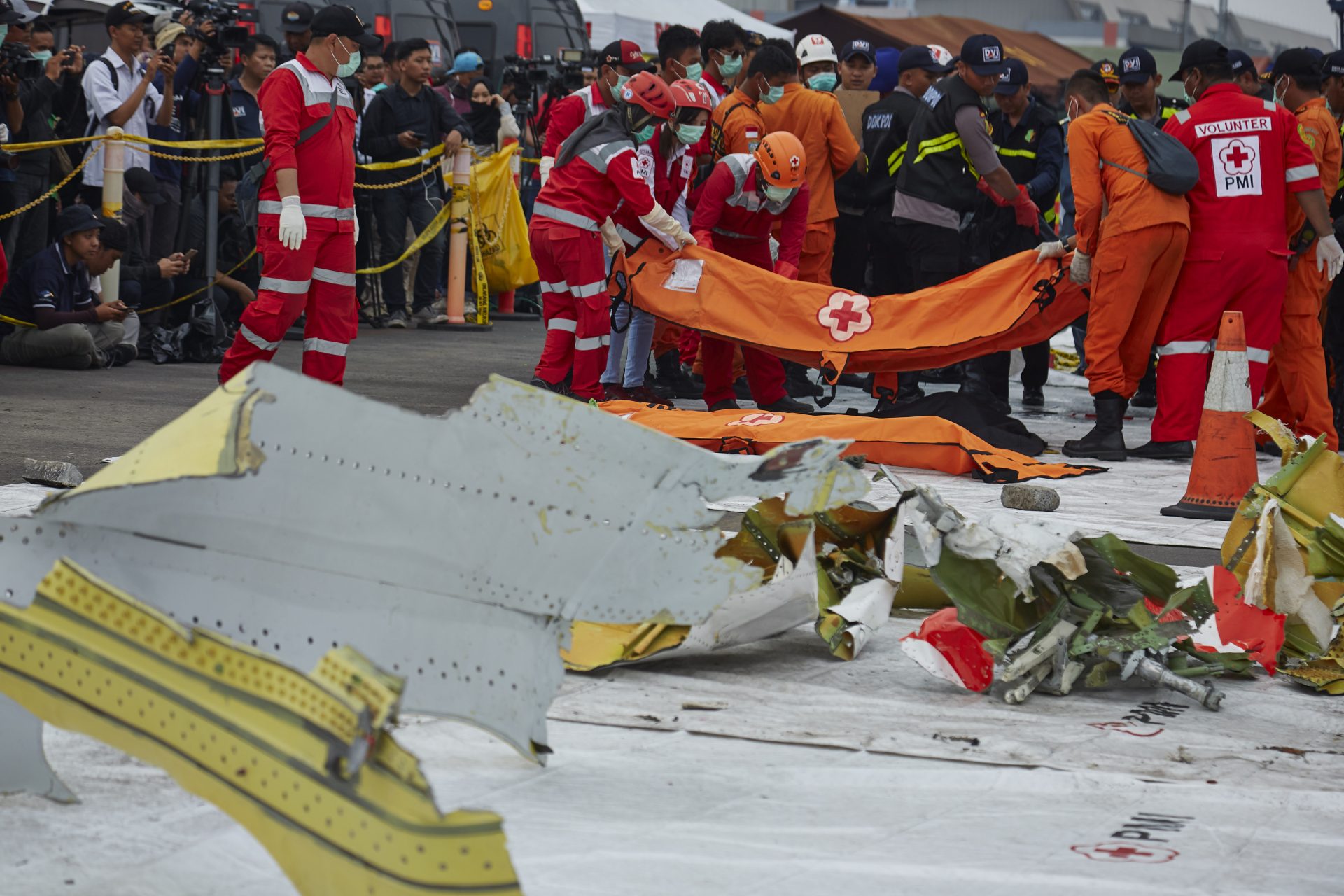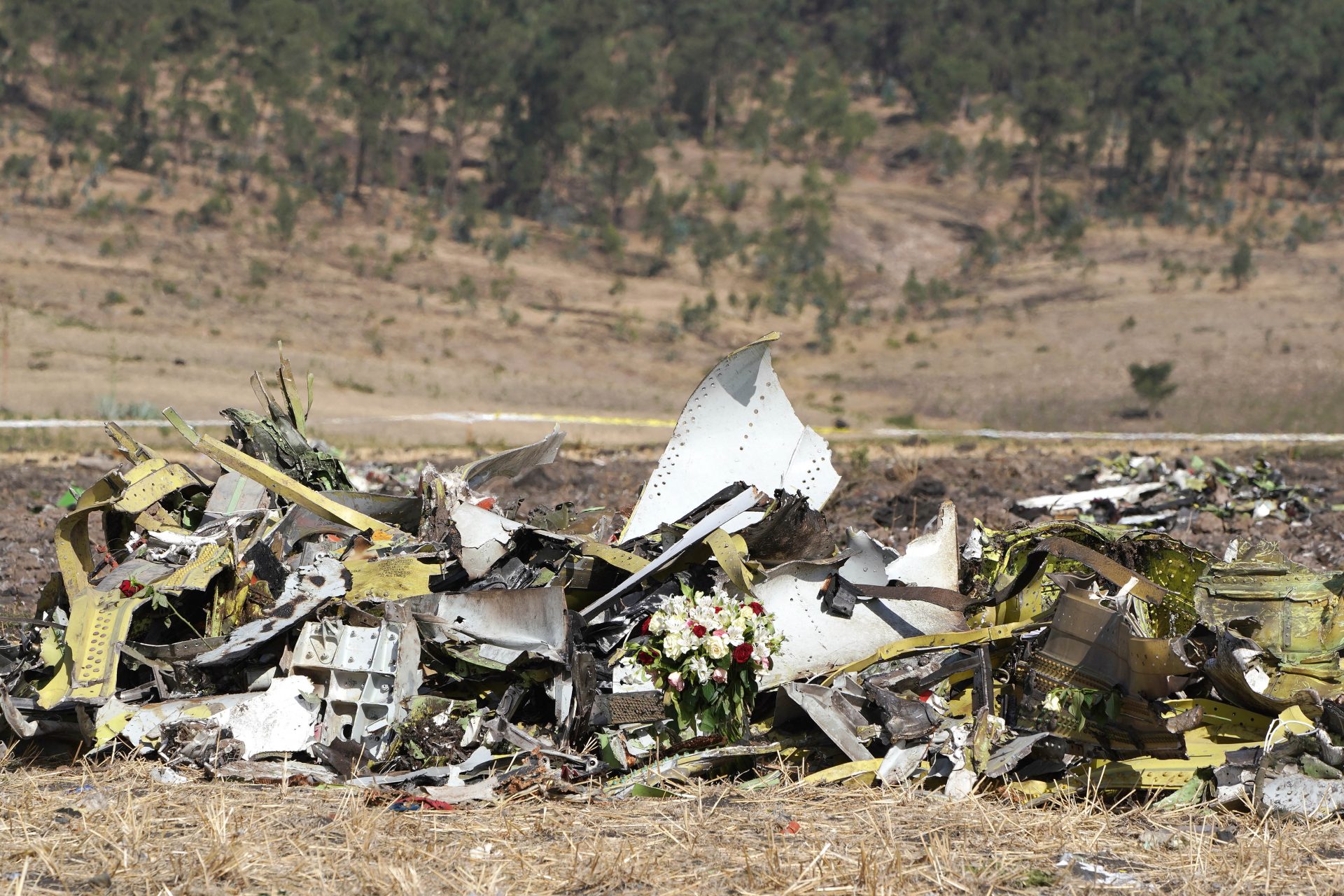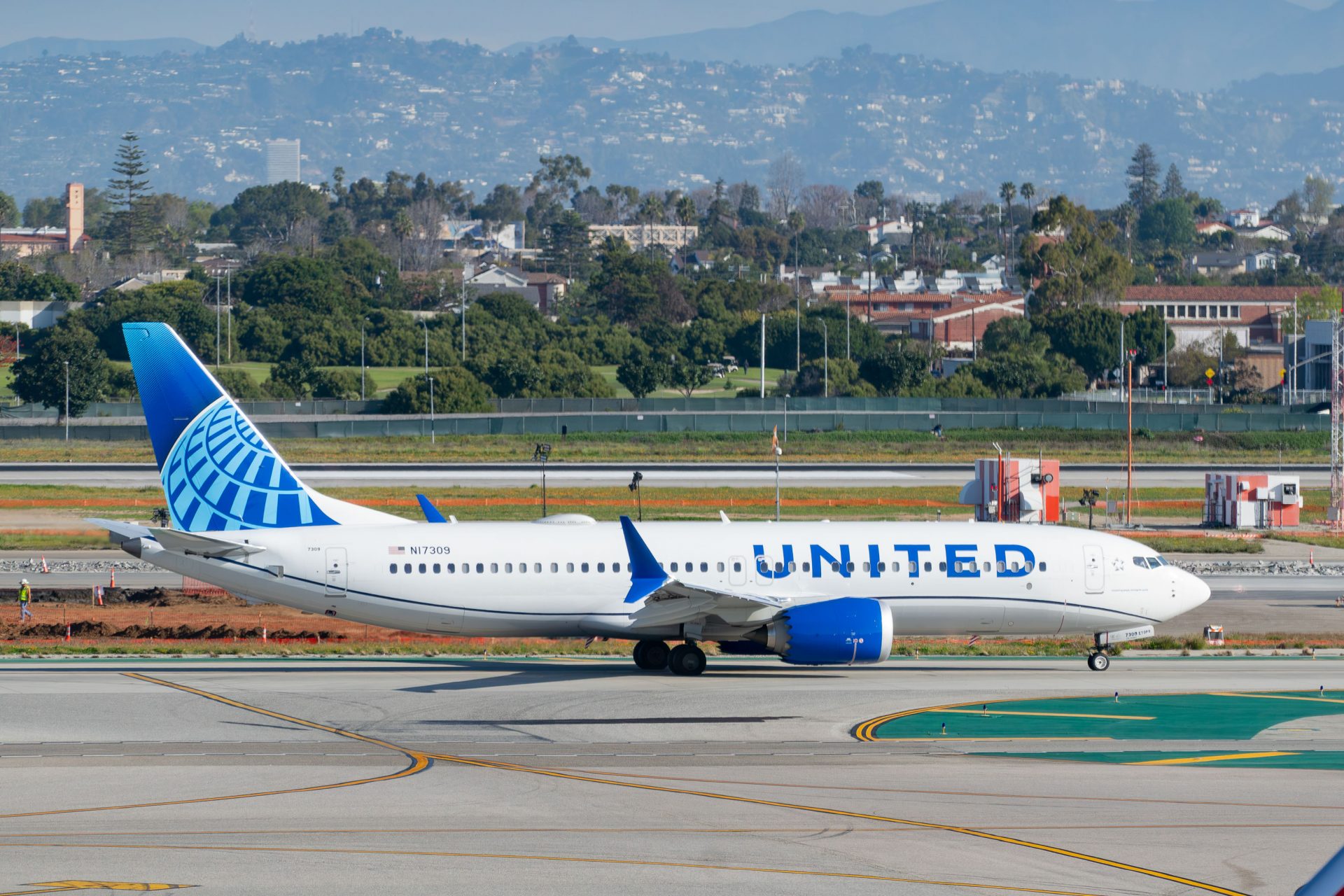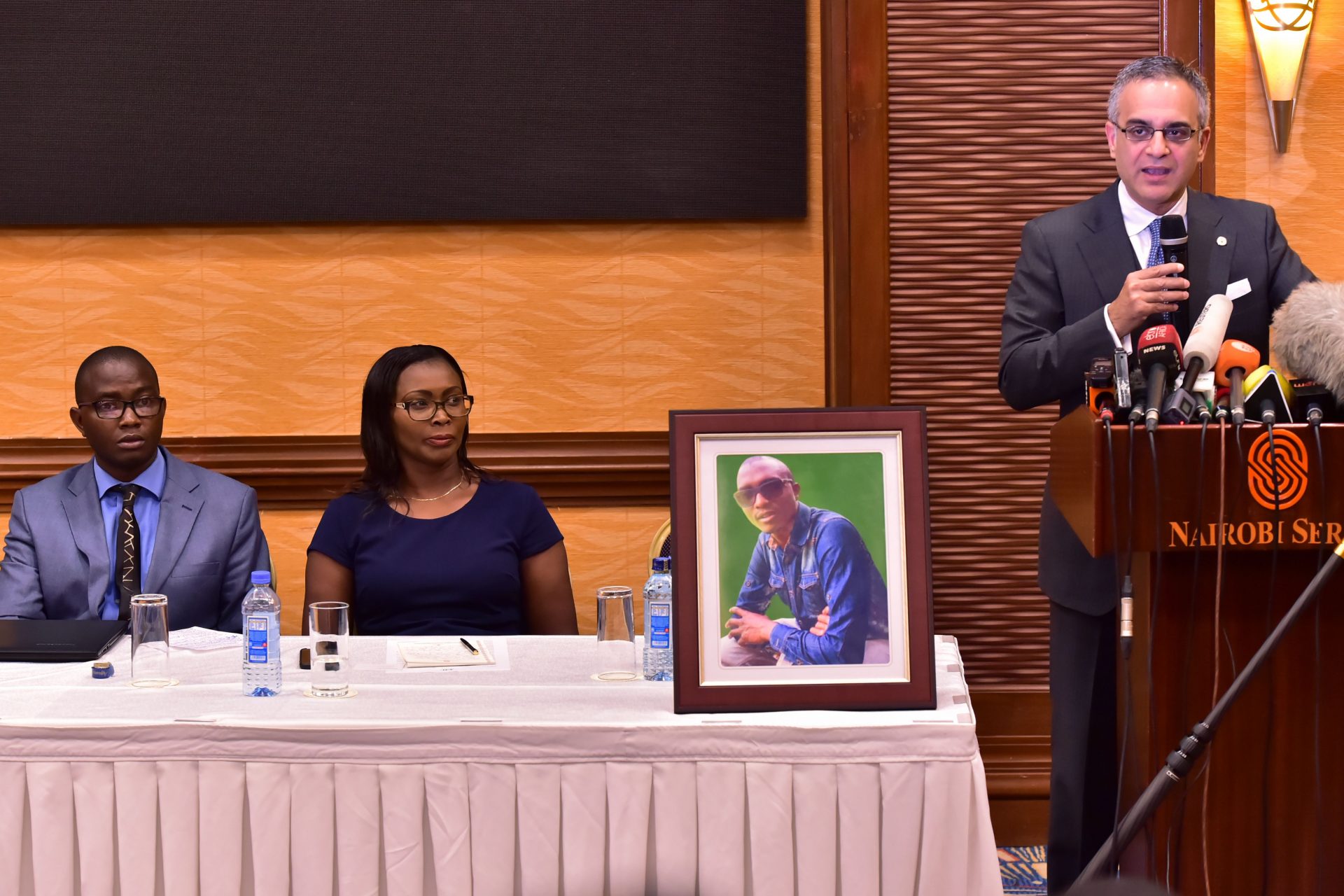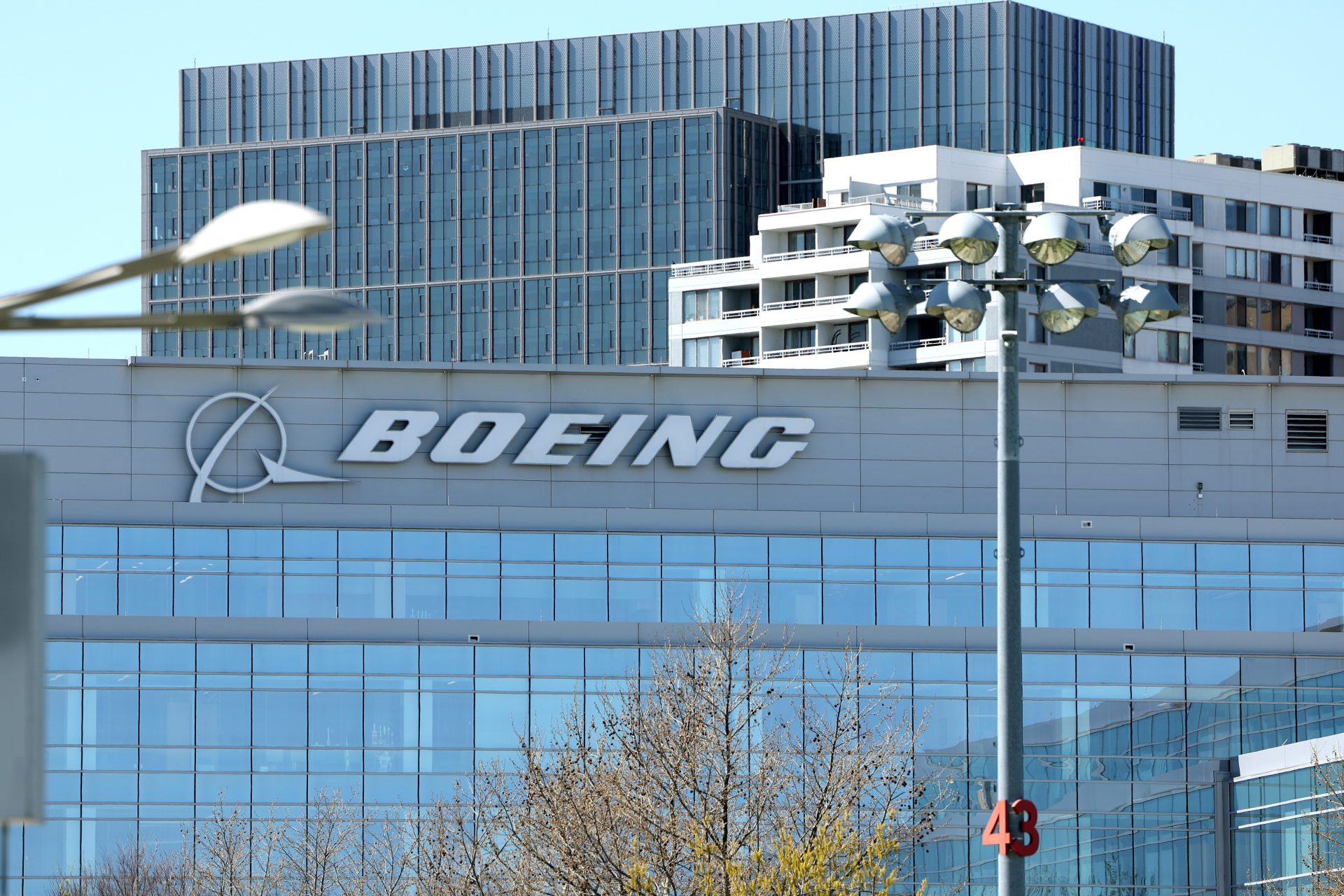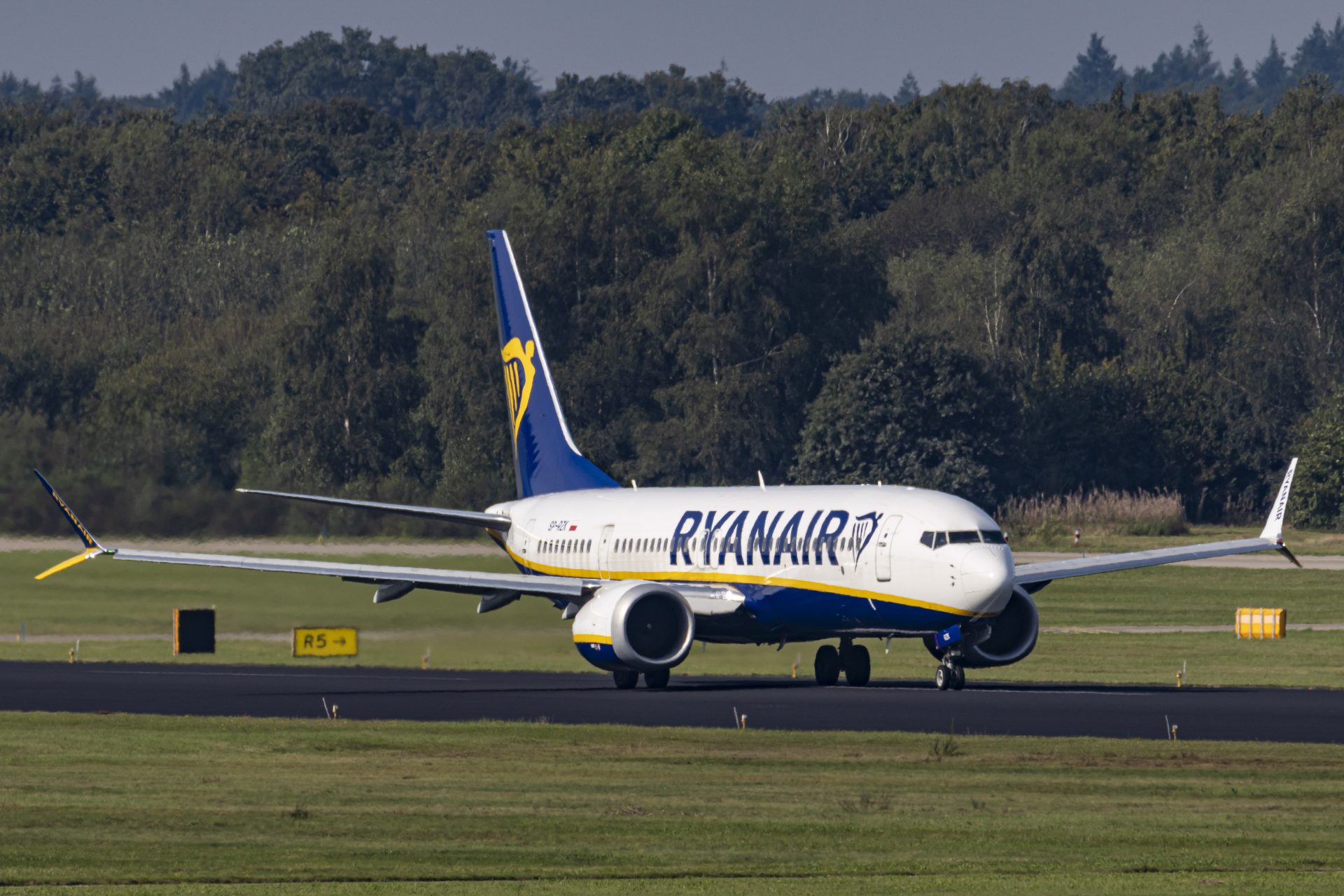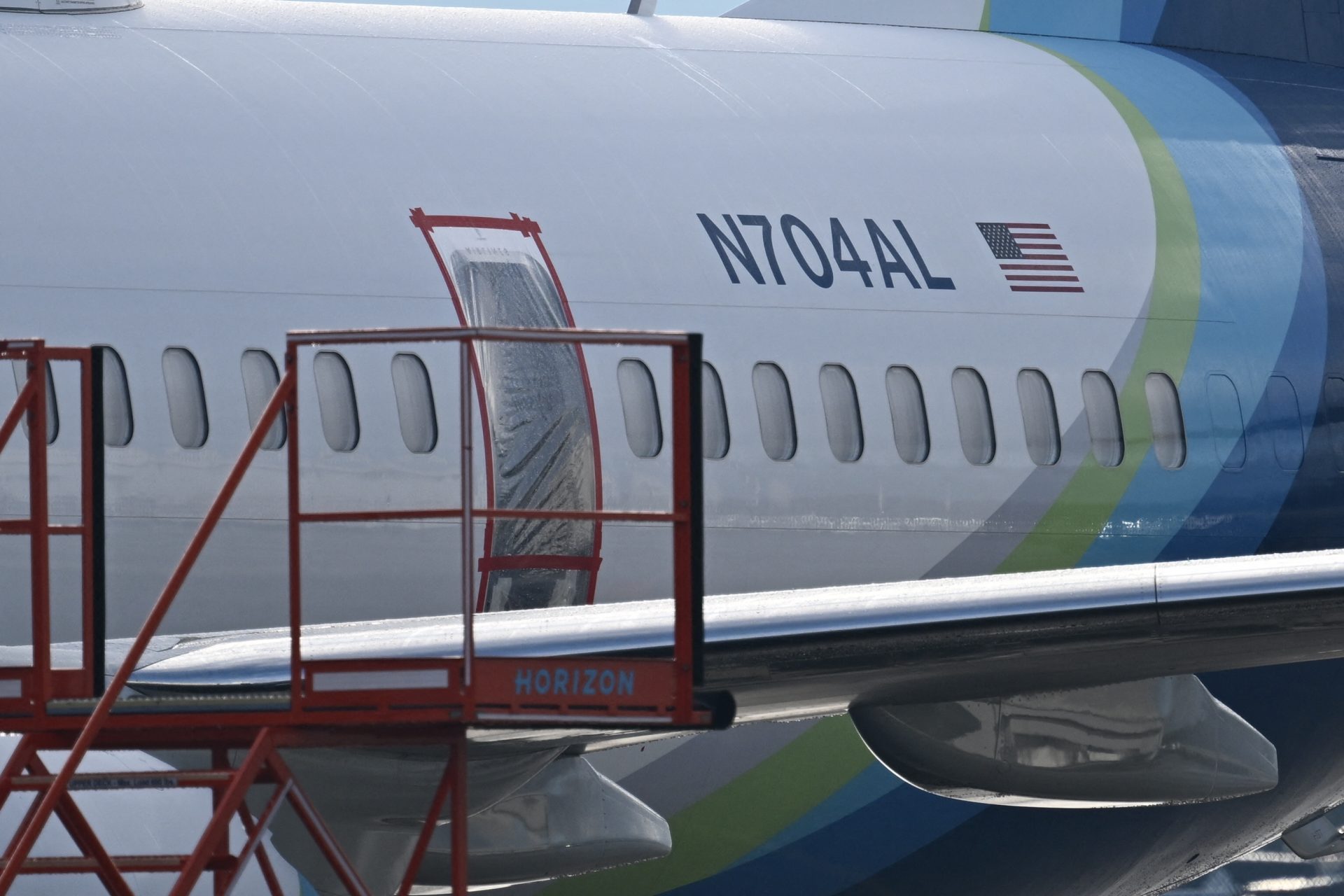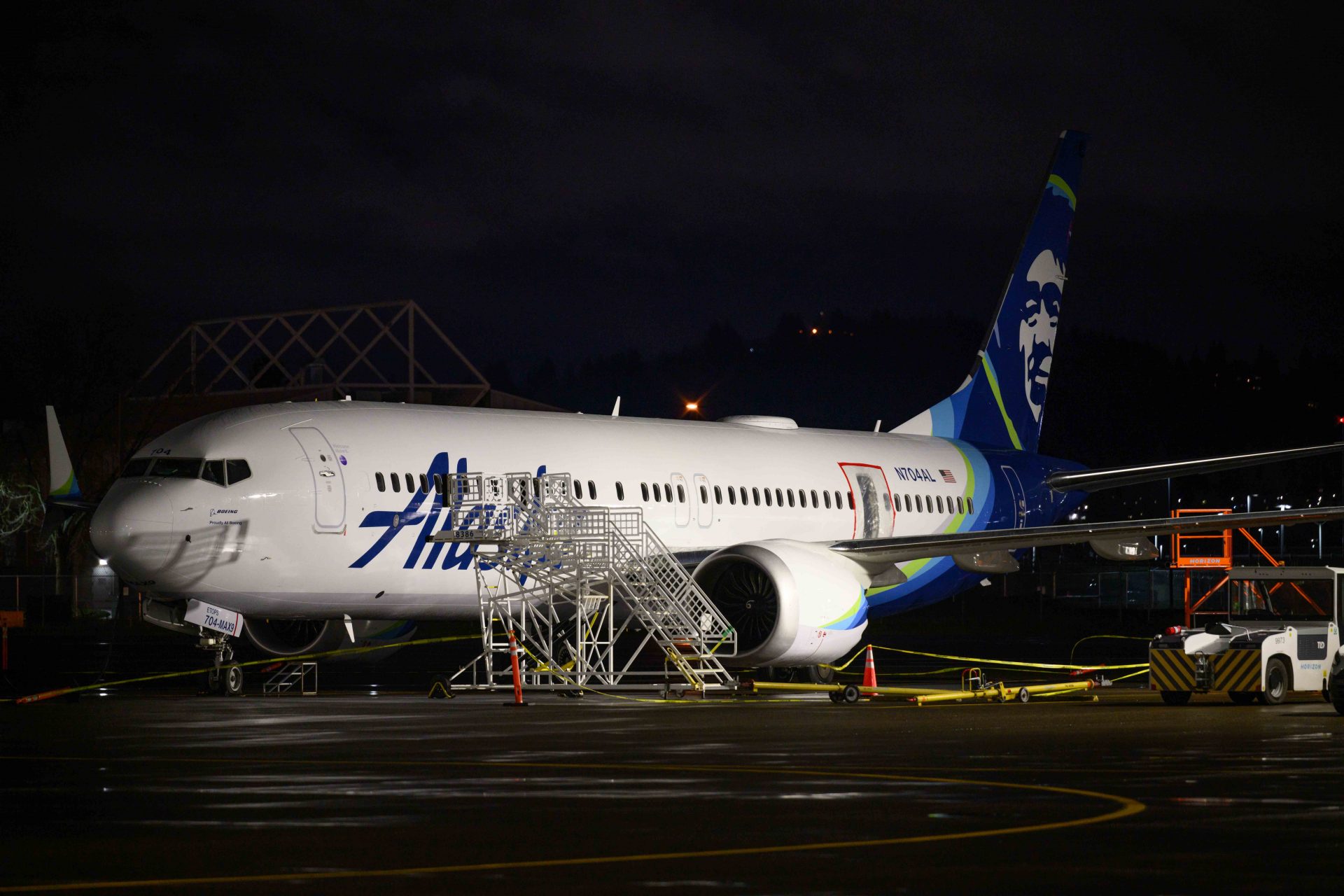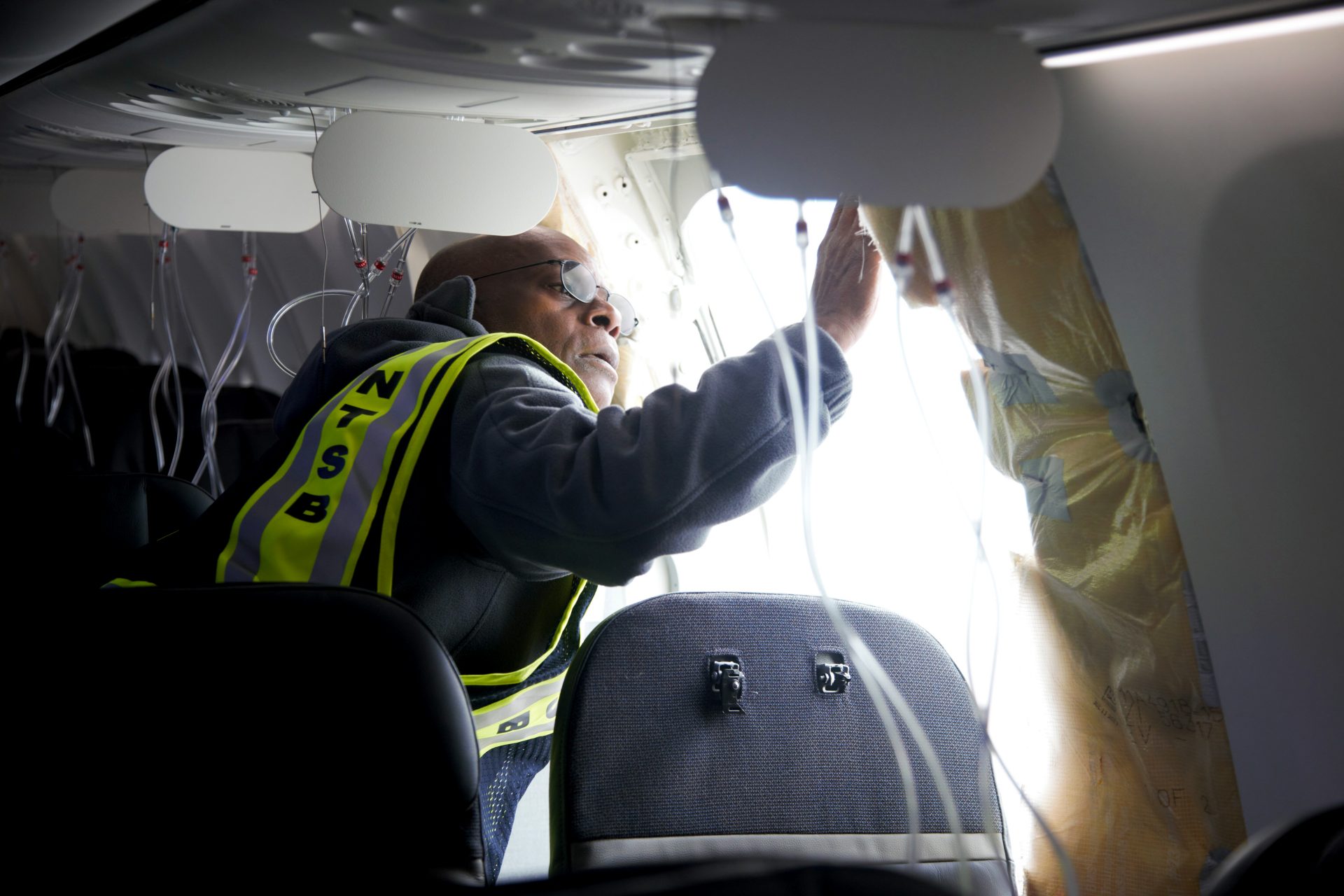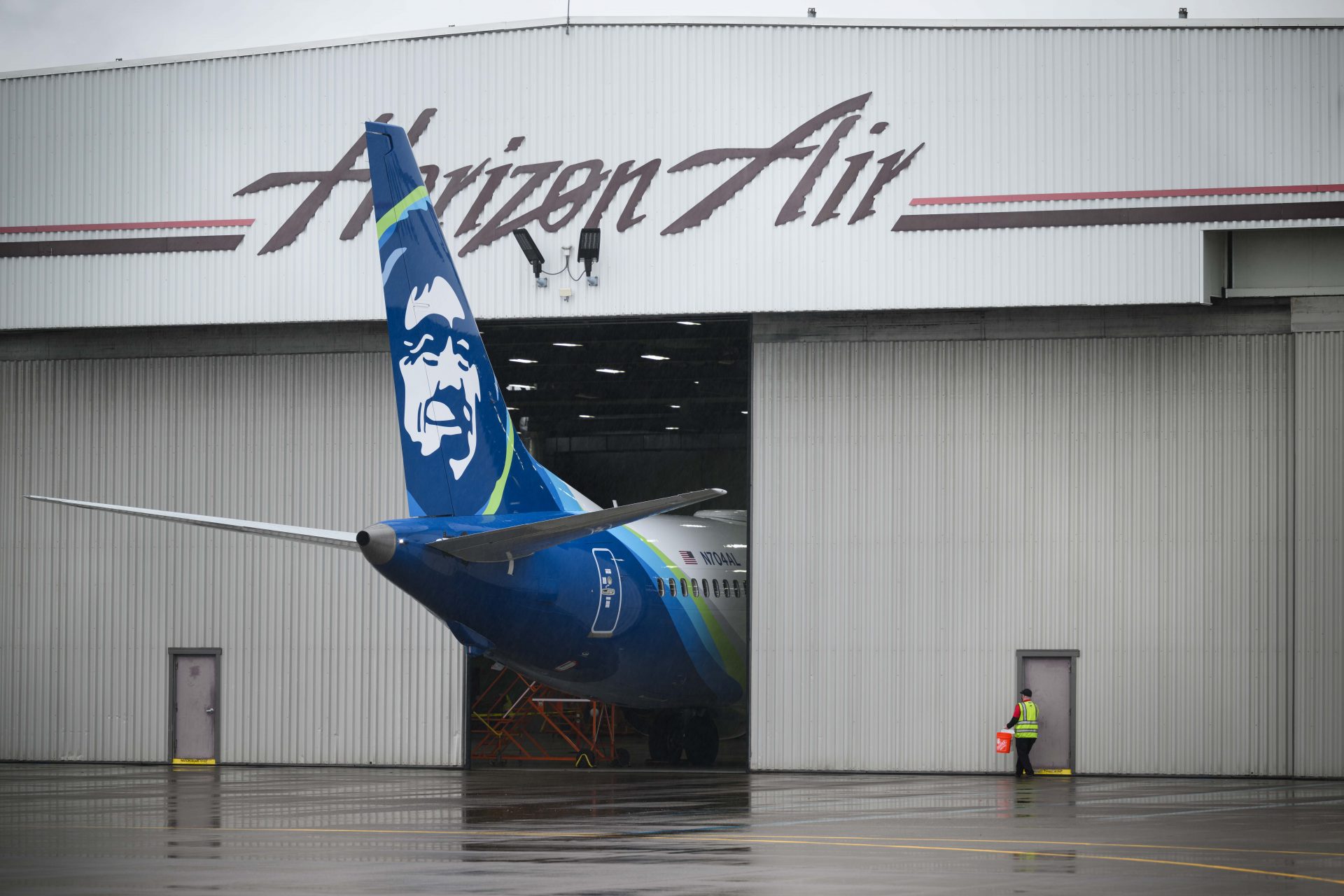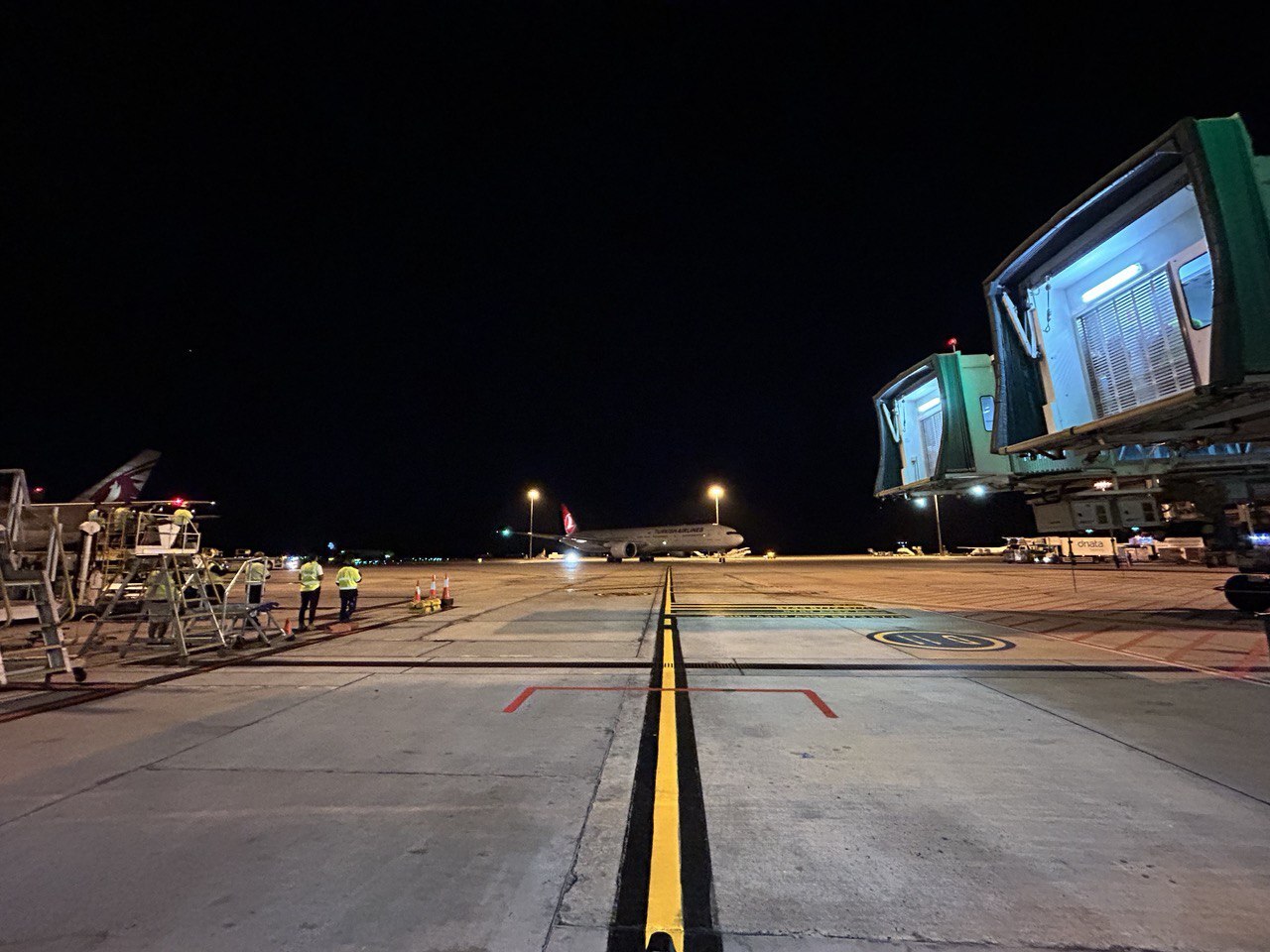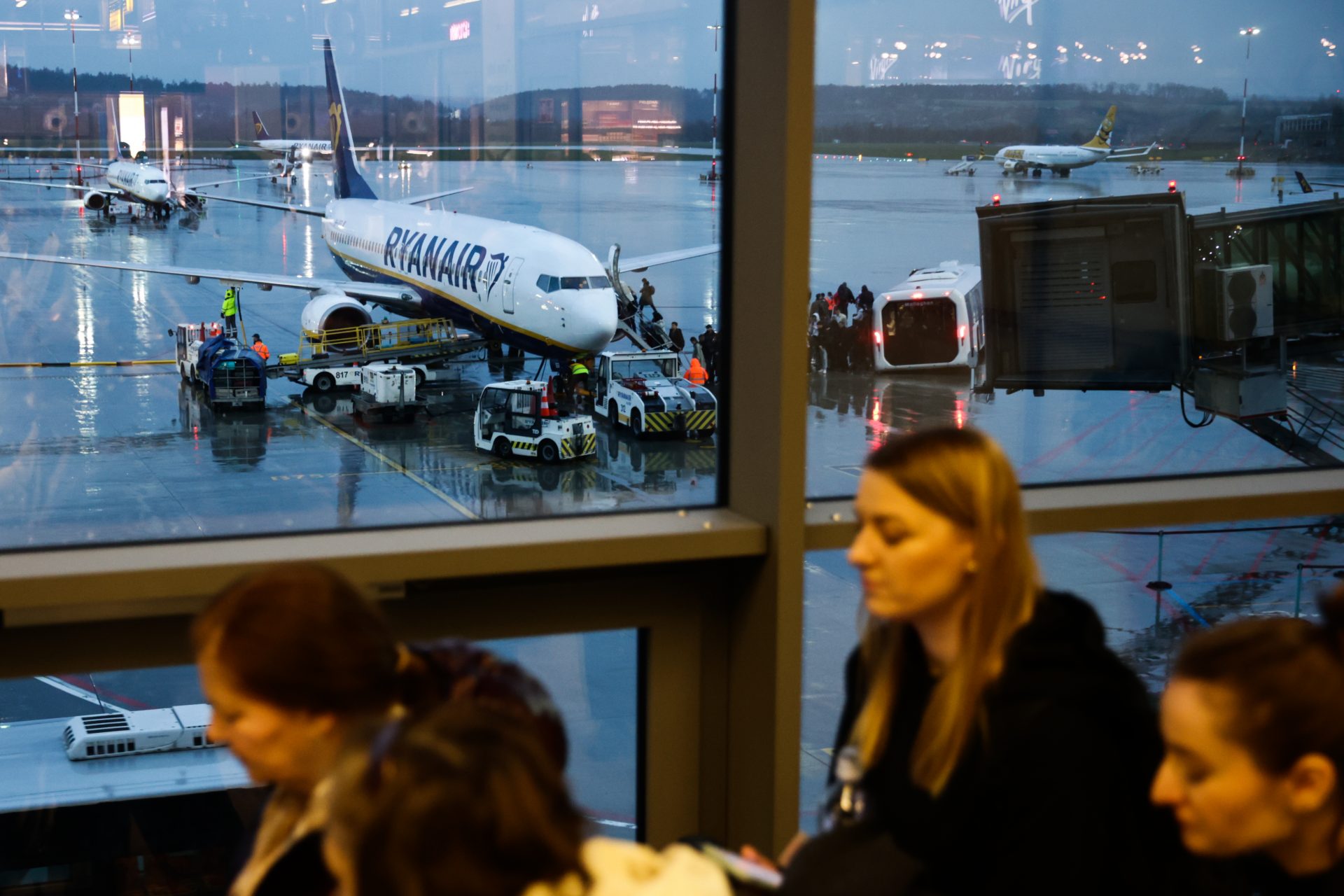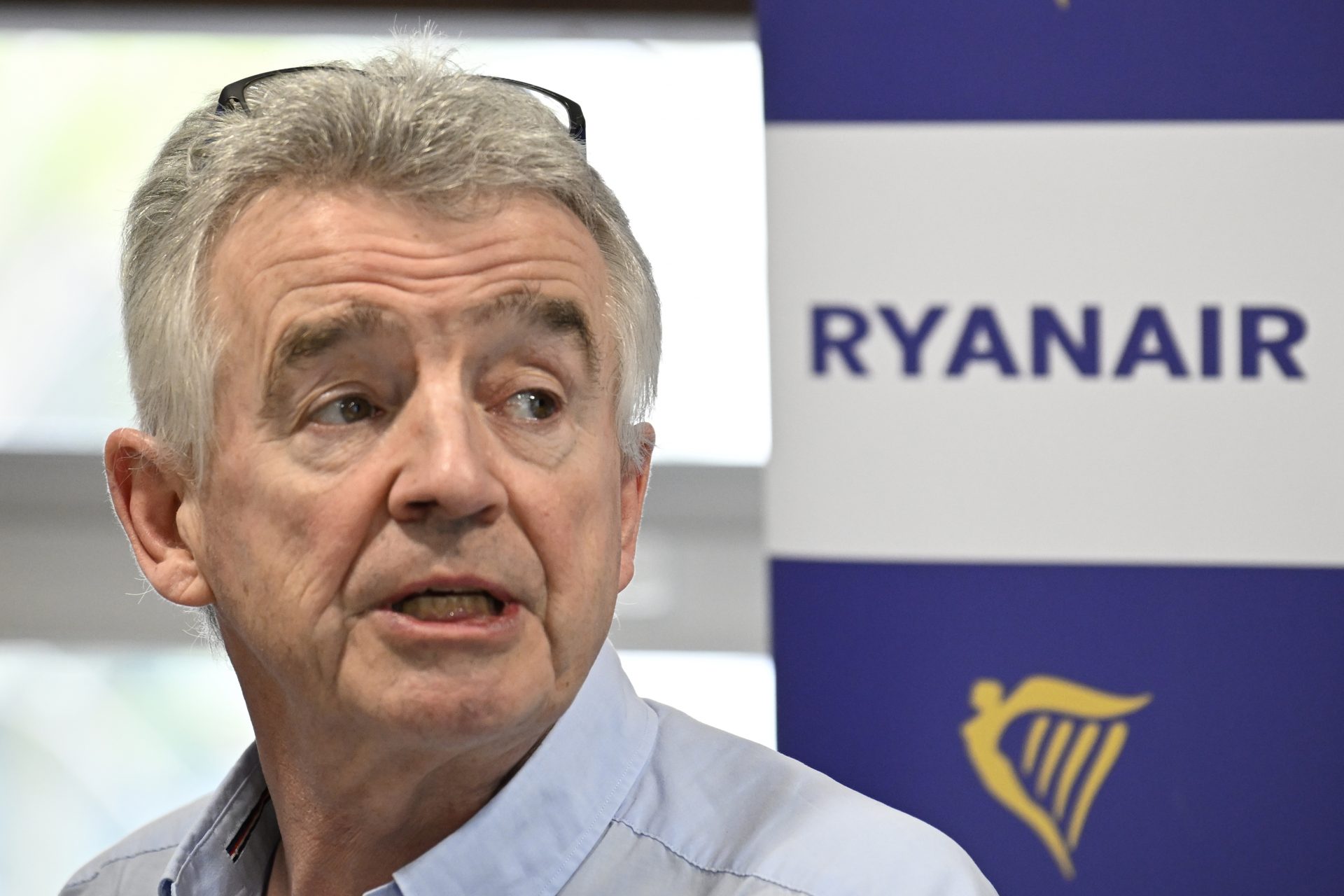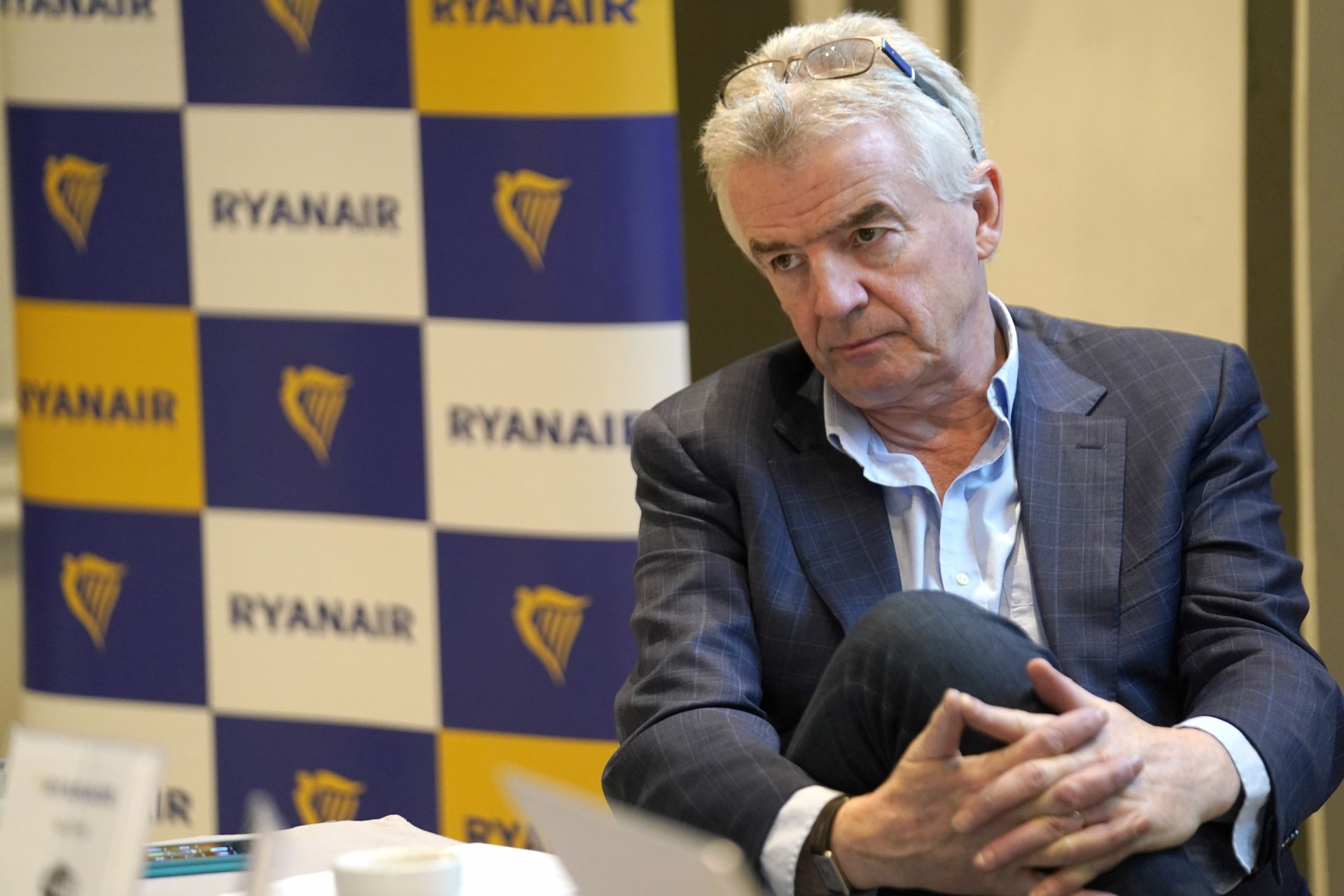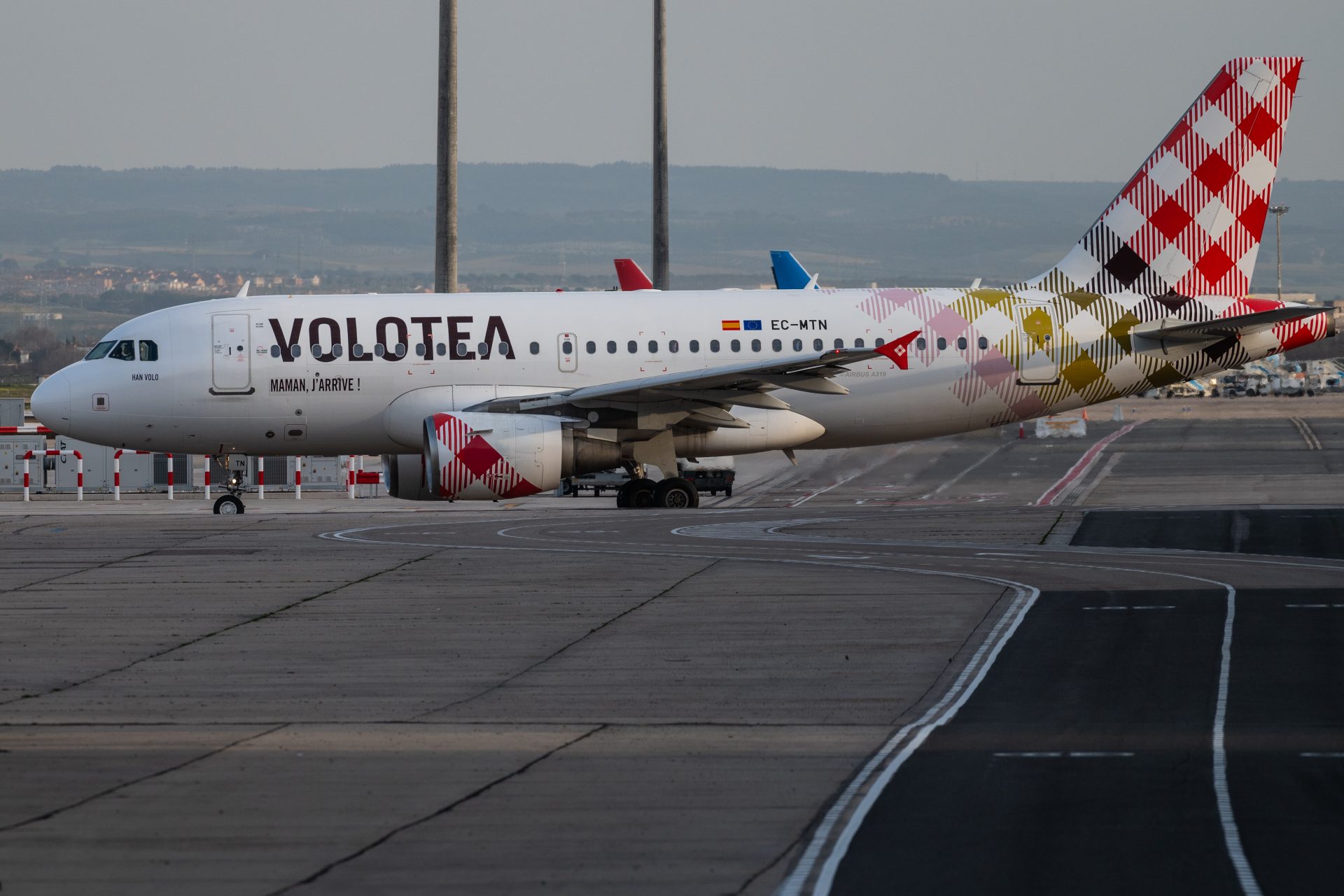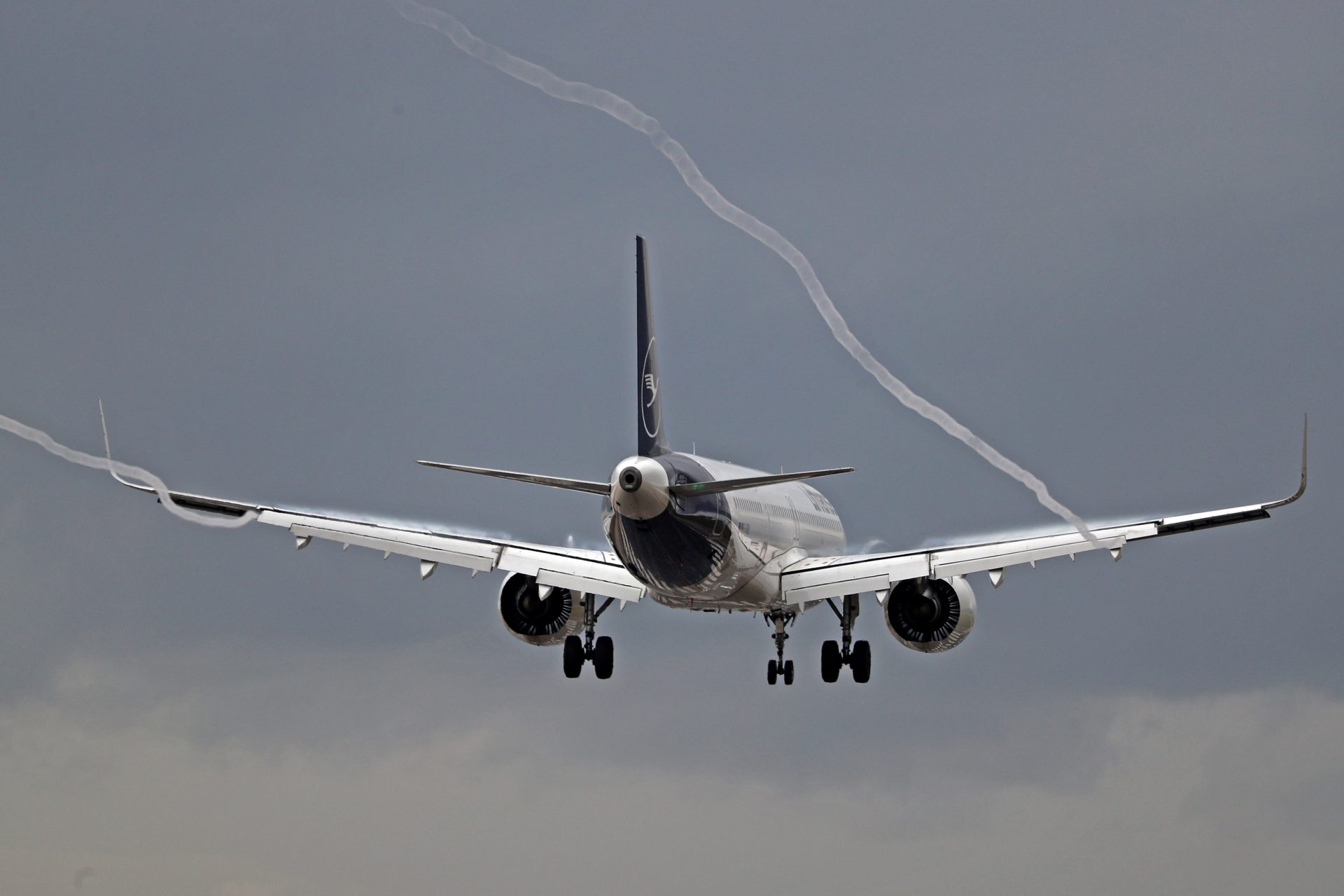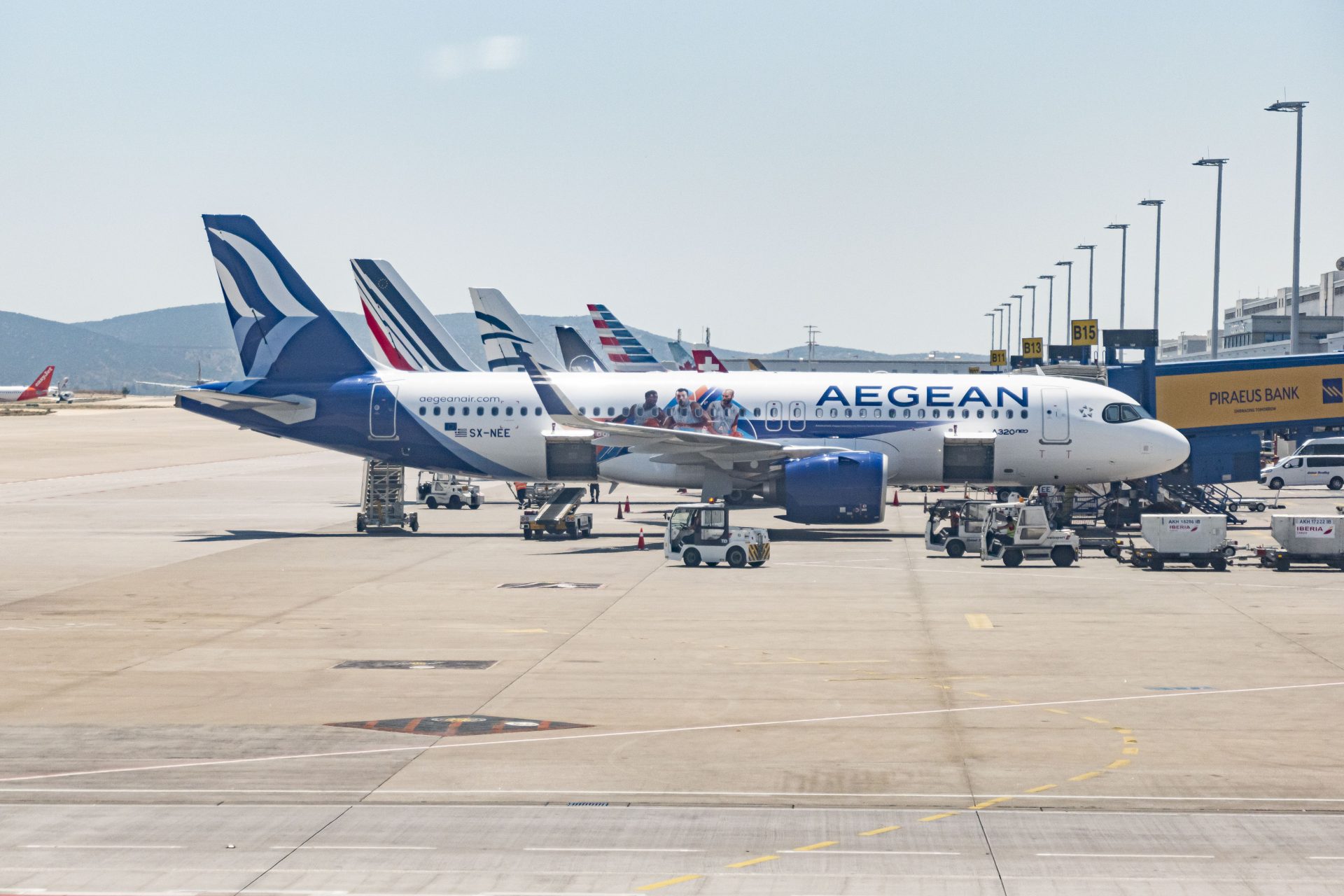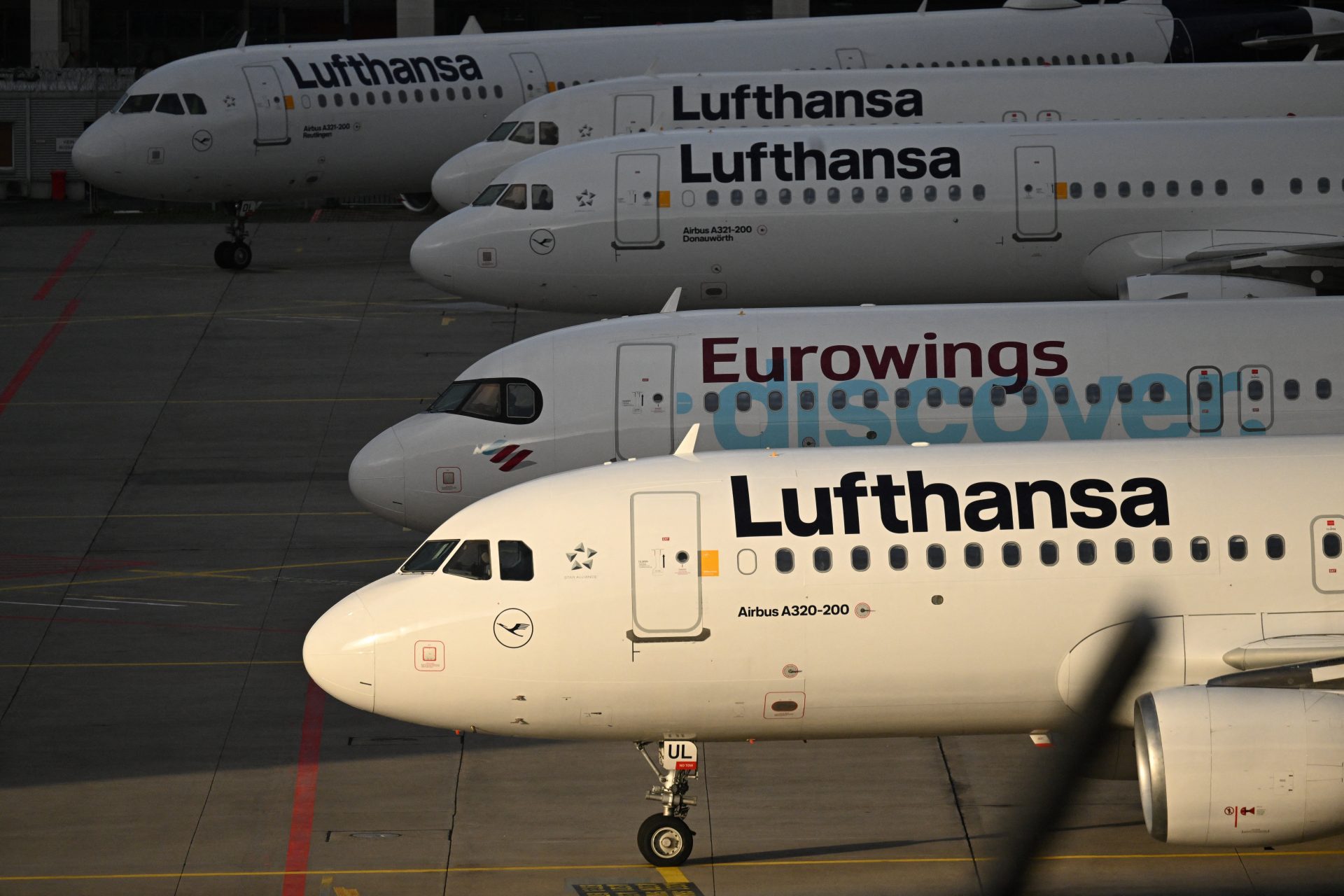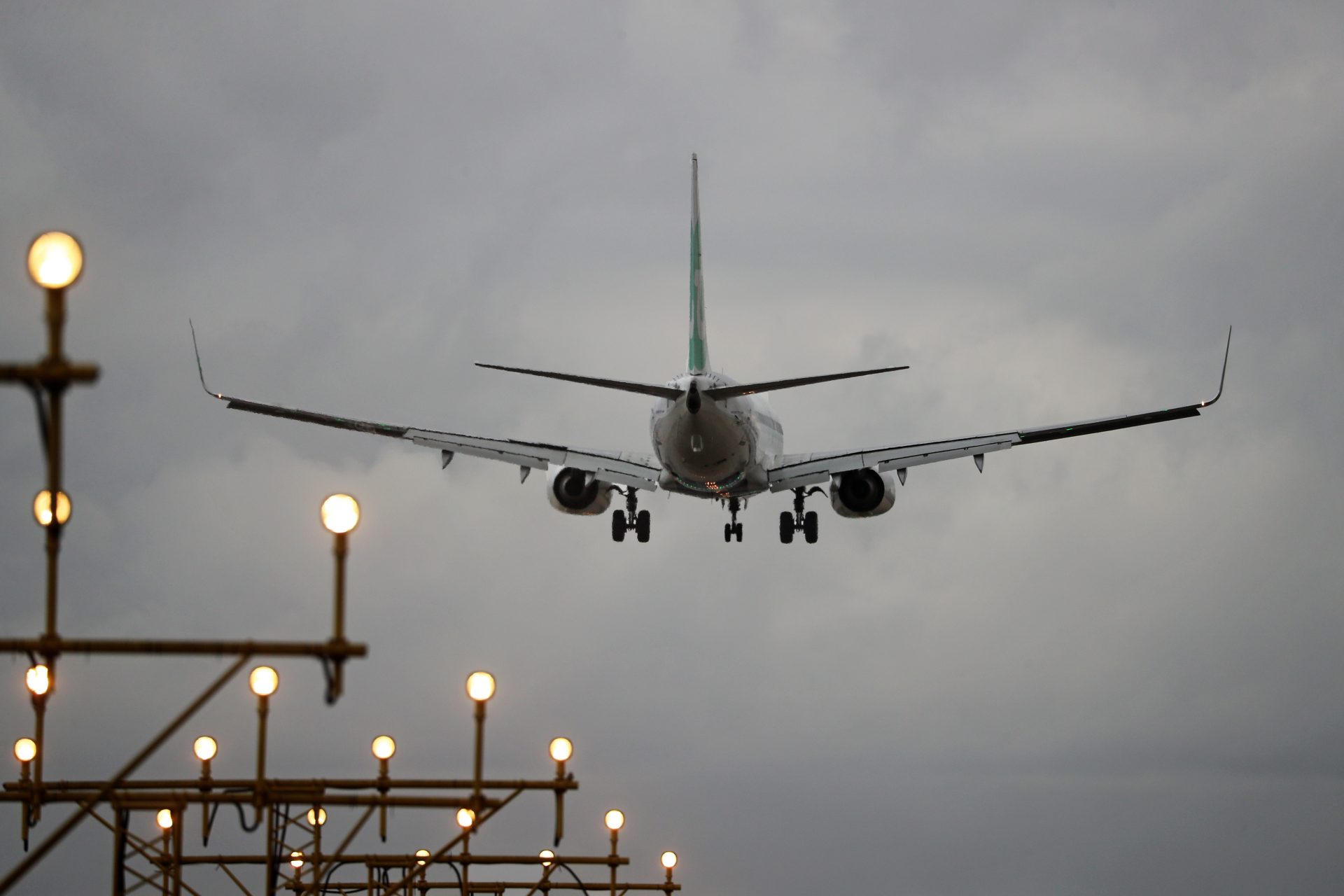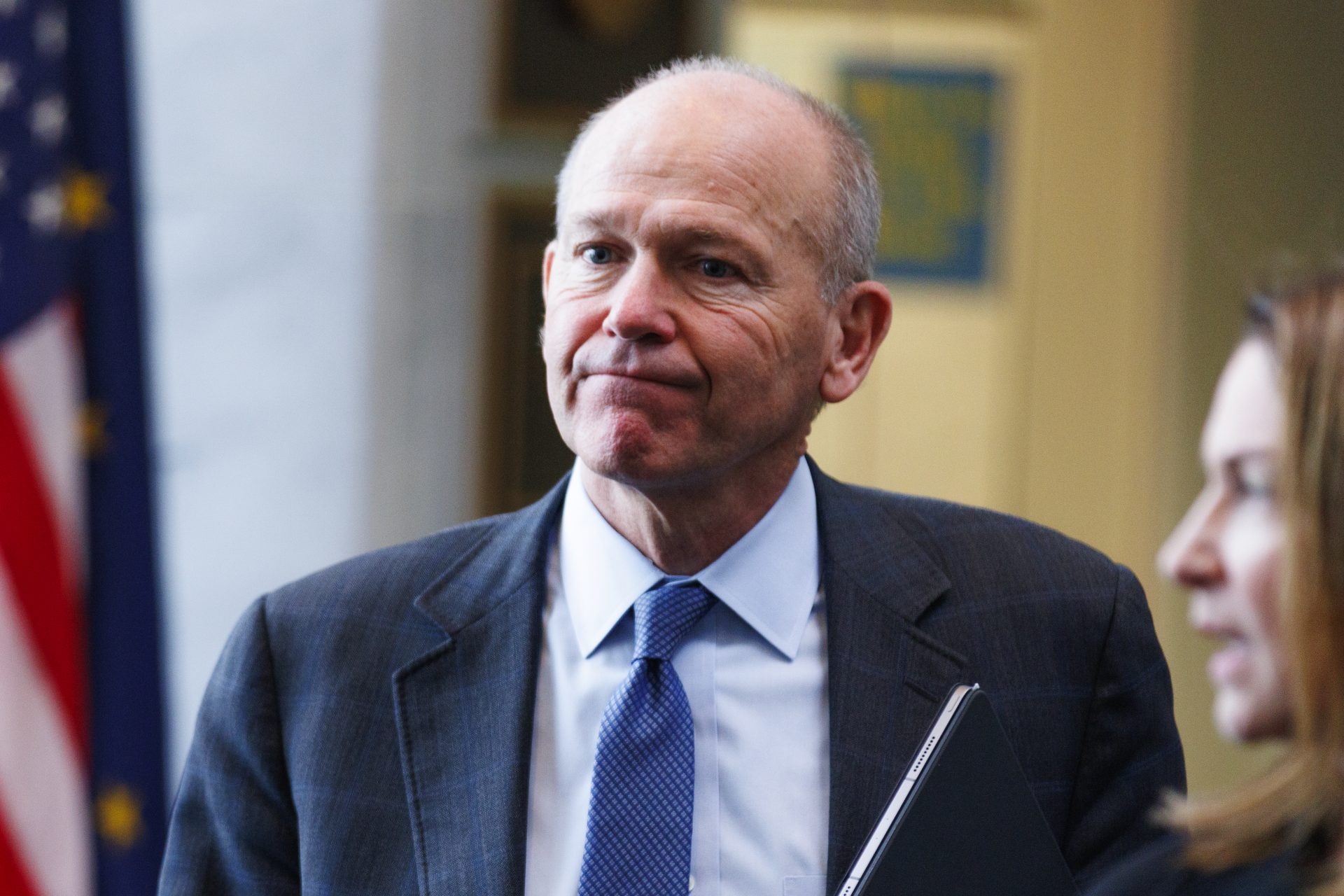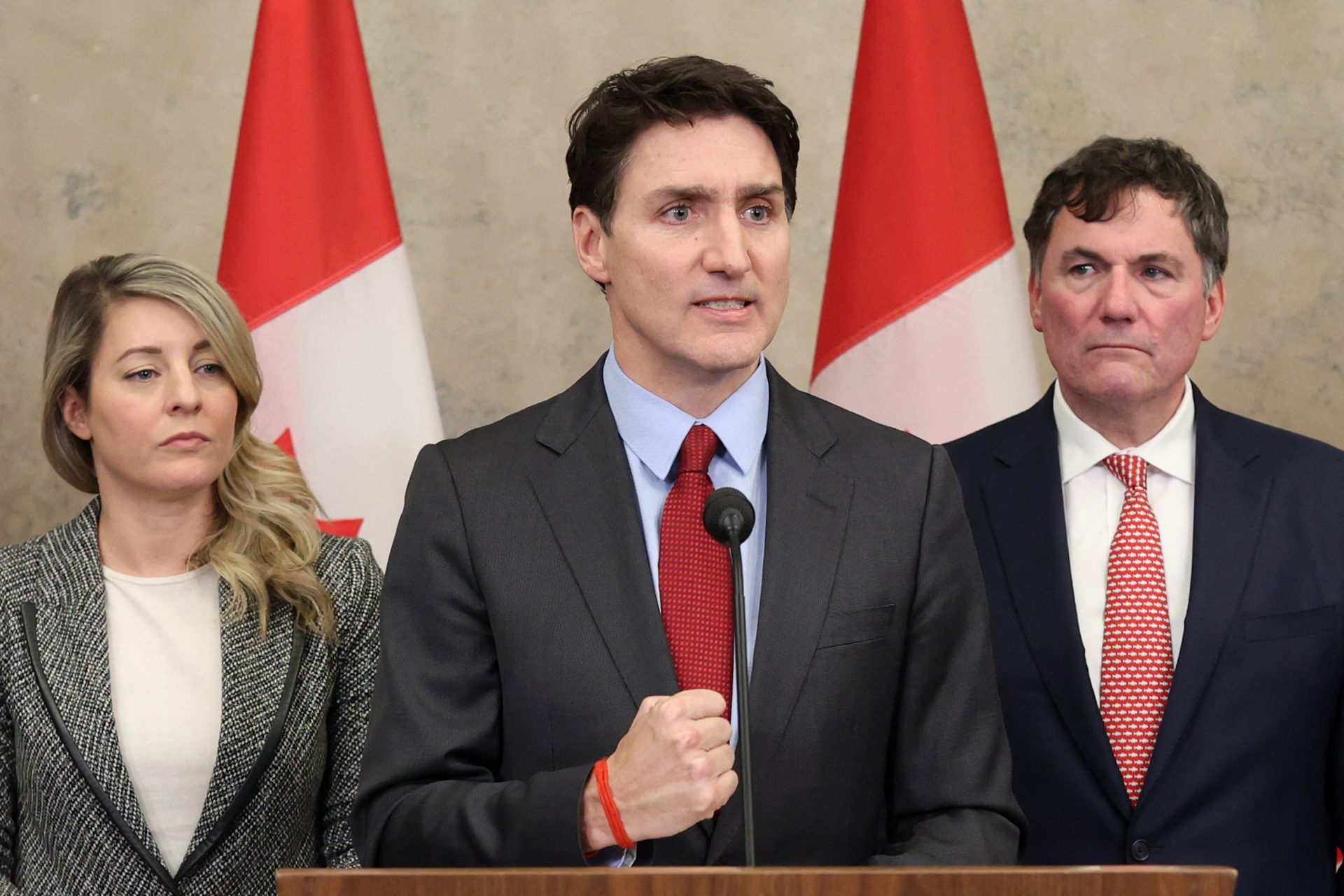Boeing's safety problems are causing a rise in flight prices
Boeing, the commercial aircraft manufacturer, is in crisis after multiple accidents that marked its reputation and called into question the safety of its aircraft. It may seem like a crisis limited to the company, but it also affects flight prices.
The tragedies that plague the company began in October 2018, when a Boeing 737 Max 8 plane, operated by the Indonesian low-cost company Lion Air, crashed into the Java Sea shortly after takeoff.
The accident caused the death of 189 people, including passengers and crew, bound for Pangkal Pinang (Indonesia).
Just four months later, in March 2019, Ethiopian Airlines Flight 302 from Addis Ababa to Nairobi crashed shortly after takeoff.
The plane was also a Boeing 737 Max 8 model. The similarity of this second accident, in which 157 people died, with the previous one, raised doubts about the safety of the aircraft manufactured by the company.
For this reason, more than 40 countries grounded that model of aircraft until the causes that led to so many tragedies were clarified.
Investigations by air regulators concluded, more than two years later, that the cause had been a failure in the aircraft's software that invalidated the pilot's controls. In fact, when they took off, the mechanism pushed down the nose of the plane, causing the aircraft to fall.
However, as the BBC explains, a report from the United States Congress revealed that, beyond the technical failure, there were other causes at play. On the one hand, they blamed the “FAA” ( Federal Aviation Administration) for its “defective” regulatory system. On the other hand, they blame manufacturer for the “pressure from competition, design defects and a culture of cover-up.”
Despite the accidents, some companies continued to buy aircraft from Boeing. Ryanair acquired 75 planes which were the same model as those that crashed in the months following the accidents. CEO Michael O'Leary said at the time that the safety checks the plane was going to undergo would make it one of the safest aircraft in the world.
However, in early January 2024, Alaska Airlines Flight 1282, from Portland and bound for Ontario, California, suffered another accident, although this time fortunately without victims.
Shortly after takeoff, one of the emergency exit doors on the Boeing 737 Max 9 exploded outward, causing a very rapid aircraft decompression. The flight had to make an emergency landing in Portland.
According to subsequent investigations by the National Transportation Safety Board, four screws holding the door plug were missing.
The accident once again raised the suspicions of its clients, public opinion and regulators. As the Italian newspaper Il Corriere della Sera explains, the FAA carried out 89 audits in a month and a half, of which Boeing suspended 33. That is, one in three failed.
Given these results, the FAA forced Boeing to lower aircraft production to 38 per month to guarantee the quality of the aircraft. But this drop in production causes a delay in deliveries to companies that were counting on them, both to expand the fleet and to replace old models.
Among those affected is Ryanair, which will receive 17 fewer aircraft than expected. Of the 57 expected, it is estimated that between 35 and 40 will arrive. As CNN explains, Southwest, in the United States, which exclusively operates using Boeing 737 aircraft, announced that it will receive 40% fewer expected aircraft this year.
The shortage is what causes and will cause the increase in flight prices. Ryanair CEO Michael O'Leary said fares could rise by up to 10%.
O'Leary himself also pointed out that this would lead to a cut in the number of flights. "It's inexcusable. Boeing will try to argue that it's excusable," O'Leary said. "Right now our focus is on getting the damn planes."
Carlos Muñoz, founder and CEO of Volotea, also said the same. "Prices are going to continue rising, it is a matter of supply and demand. There is no shortage of airlines, it is due to a lack of metal, of planes. Boeing has had many problems. The normal thing would be to see higher prices in the coming years," has stated.
But Boeing is not the only one having problems. Airbus, its main competitor, is also having problems due to a failure in the engines of its manufacturer, RTX.
Airbus estimates that between 600 and 700 Airbus A320neo planes will have to be grounded and that repairs will last up to 300 days. That is, almost a year.
Lufthansa is among the most affected and will have about 20 fewer aircraft in its fleet. WizzAir, the Hungarian low-cost company, will have 10% fewer aircraft.
The companies in their reports indicate that these supply problems and their consequences could last until 2026.
Meanwhile, Boeing's president and CEO, Dave Calhoun, has announced that he will leave his position at the end of 2024, amid the safety crisis that the company is experiencing.
More for you
Top Stories



